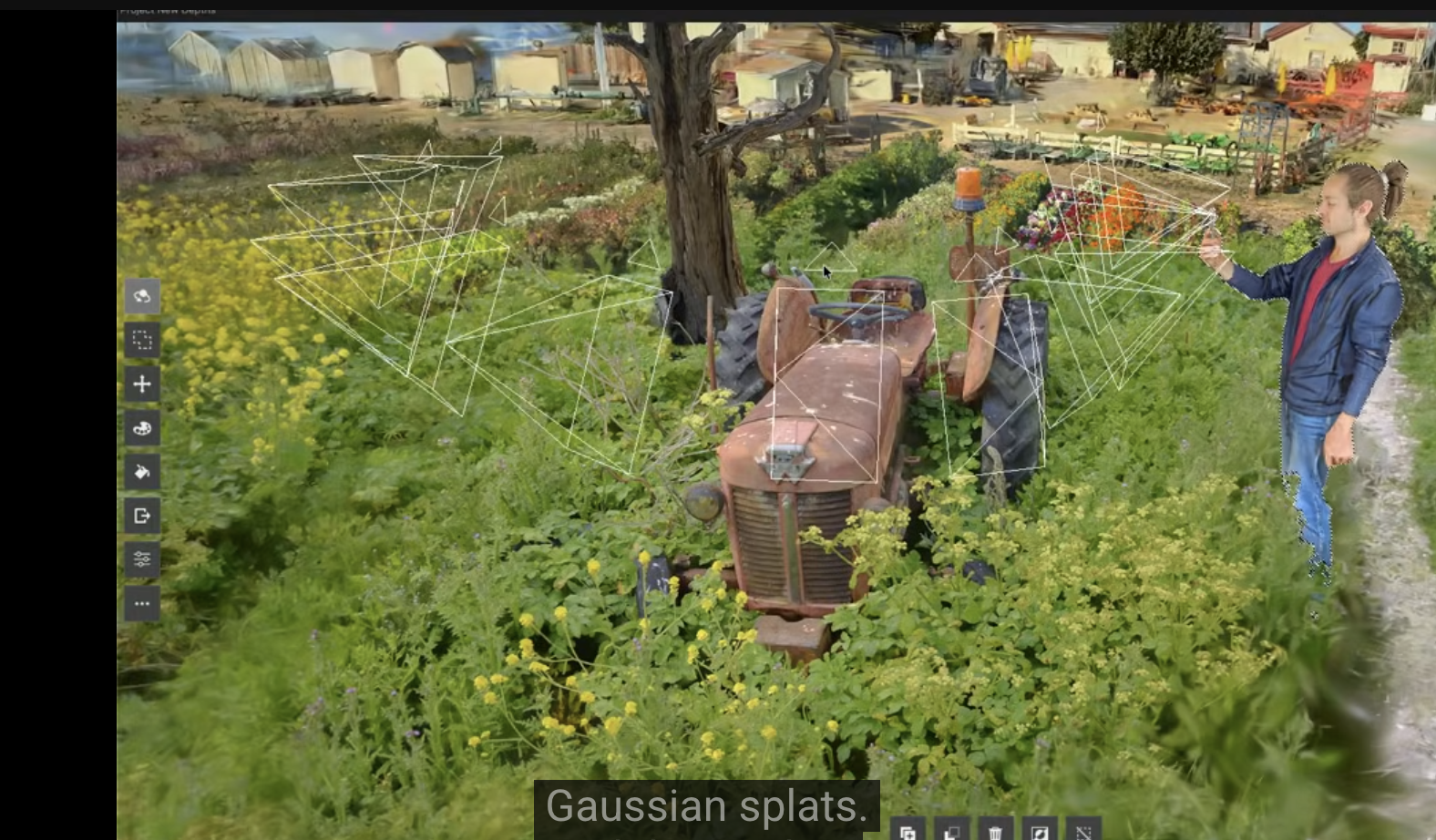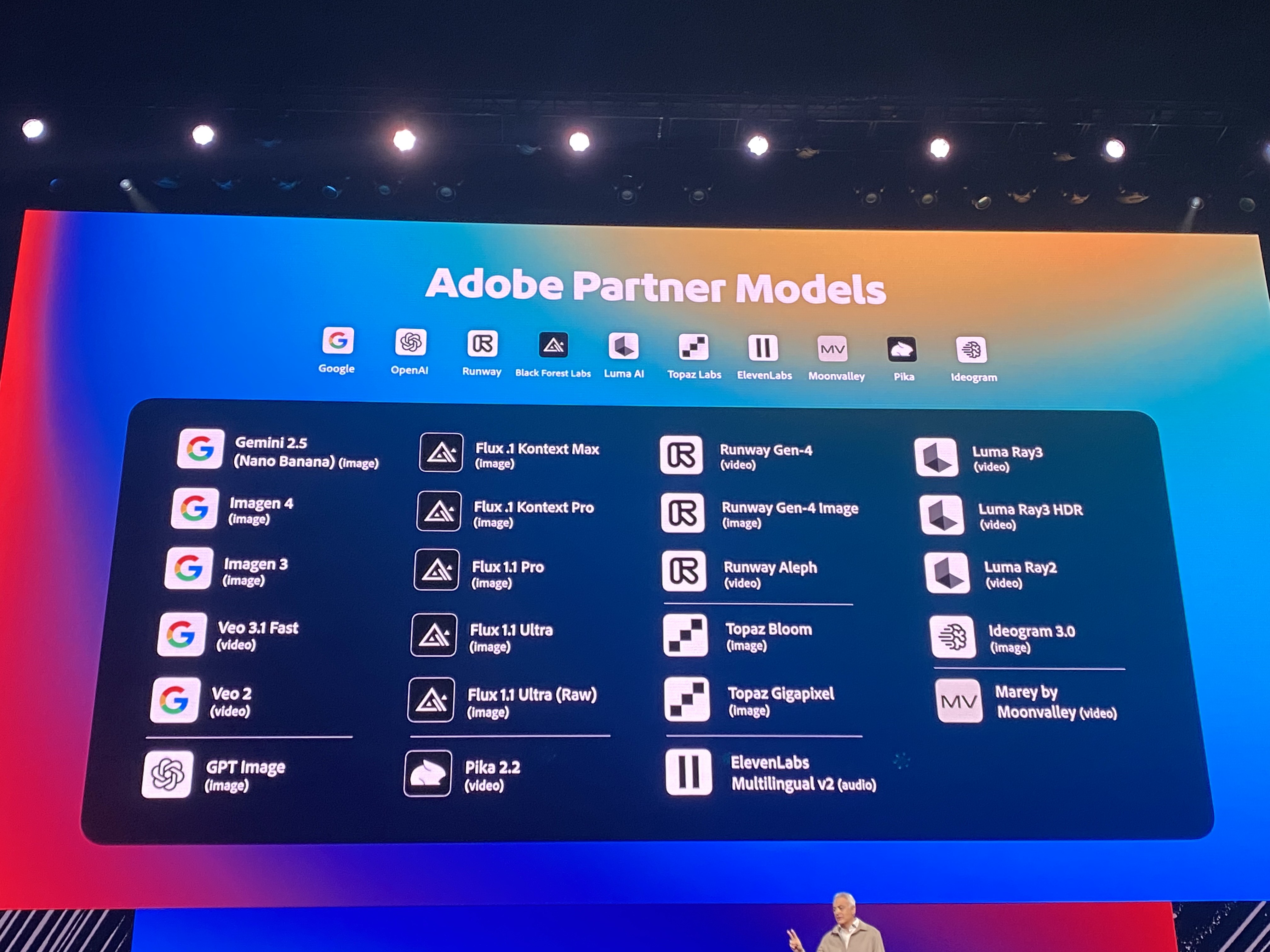Tencent Just "Open-Sourced" a 3D World Generator
Tencent just dropped Hunyuan3D World Model 1.0, what they claim to be the industry's first open-source AI that can create entire interactive 3D worlds from a simple text prompt or image. Think of it like a 3D version of Sora, but one where you can actually explore, edit, and use the output in a game engine.
"What's the big deal, this is just another world model?" you might be thinking. While both Google and World Labs have released impressive world models, this is the first world model that's open-source.
For developers and creators, this is a massive deal. Instead of spending weeks building a 3D environment from scratch, you can now generate a starting point in minutes. The model is available now on GitHub and Hugging Face, with a live demo you can try right now—though not without a catch. As some have pointed out, the license is more 'source available' than truly 'open source,' with significant restrictions on use, including geographic and user limits.
Here's how it works its magic:
HunyuanWorld uses a clever multi-stage process to go from a simple idea to a fully explorable scene. It's not just generating a flat video; it's building a layered, editable 3D world.
- First, it generates a 360° panoramic image to act as a visual blueprint for the world.
- Then, an AI agent analyzes the image and automatically separates it into layers: sky, background (terrain), and interactive foreground objects. It's like AI-powered Photoshop for world-building.
- Finally, it reconstructs each layer into a 3D mesh, creating a hierarchical scene where you can move individual objects around.
But is it really 3D? That's the big debate right now.
Skeptics in the community are calling it a 'skybox generator' or a '2.5D paper cut model' rather than a true 3D environment. Users note that the demo’s camera movement is often limited, the 3D can look 'janky,' and you can only explore a few steps before hitting an invisible wall. Some who tried the demo reported it's 'frankly hot garbage' and extremely resource-intensive, crashing even high-end systems with 24GB of VRAM.
Despite the critiques, the output is fully compatible with CG pipelines and game engines like Unity and Unreal Engine. This means you can generate a world and immediately start using it for game development, VR experiences, or physical simulations.
What to do: The release of a source-available world model is still an exciting development. For developers and 3D artists, this is the time to start experimenting. Download the code from GitHub and see how it can integrate into your workflow. But manage your expectations. As some developers noted, the holy grail isn't necessarily a 'text-to-game' button, but a powerful AI assistant that can help them create their own visions in tools like Unity and Unreal. Think of HunyuanWorld not as a replacement, but as a superpowered brainstorming partner for rapidly generating assets and layouts that you can then refine.
You can dive into all the technical details in the team's full research paper.
Below, we dive a bit deeper into this release and its implications.
The Problem with a 2D World (Model)
To understand the significance of HunyuanWorld, it's crucial to grasp the limitations of existing approaches. Until now, "world generation" has largely been split into two camps, each with significant drawbacks.
First, there are the video-based world models, exemplified by OpenAI's Sora. These models are trained on vast amounts of video data, giving them an incredible understanding of real-world physics, dynamics, and visual aesthetics. They can generate stunningly realistic and diverse video clips. However, they have a critical flaw: they lack true 3D consistency. Because they are fundamentally 2D, frame-based systems, they struggle with long-range coherence. As a camera moves through a scene, accumulated errors can cause "content drift," where objects subtly change or the environment becomes inconsistent. Furthermore, their output is a video file—a flat, rendered sequence of images that is fundamentally incompatible with the interactive, editable pipelines of modern game engines and 3D software. You can't just drop a Sora video into Unreal Engine and start moving objects around.
On the other side are the 3D-based world generation methods. These models directly create geometric structures like meshes or Gaussian splats, ensuring perfect 3D consistency and efficient real-time rendering. Their output is directly compatible with tools like Unity, Blender, and Maya. The problem? They are severely constrained by a scarcity of high-quality 3D scene data. Compared to the near-infinite supply of images and videos on the internet, large, detailed, and well-labeled 3D worlds for training are rare and expensive to create. This data bottleneck has limited the diversity and quality of what these models can produce. Additionally, many of these methods generate "monolithic" scenes, where individual objects are fused into a single, uneditable mesh, preventing the kind of interactivity that is essential for games and simulations.
HunyuanWorld: A Hybrid Approach to Building Worlds
HunyuanWorld 1.0 addresses this dilemma with a novel framework that intelligently combines the best of both worlds. Instead of treating 2D and 3D generation as separate paradigms, it uses the vast diversity of 2D generative models to bootstrap the creation of a consistent, editable 3D space.
The process is a staged generative pipeline that is both elegant and powerful:
- World Proxy Generation: It all starts with a 2D representation, but not just any image. The model first uses a powerful diffusion transformer, dubbed Panorama-DiT, to generate a high-quality 360° panoramic image from the user's text or image prompt. This panorama serves as a "world proxy"—a complete, immersive visual blueprint of the entire environment. This clever first step leverages the strengths of 2D diffusion models, which excel at creating diverse and artistic scenes, to lay the groundwork for the 3D world.
- Agentic World Layering: This is where the magic happens. The model employs what Tencent calls an "agentic world decomposition" method. Using a sophisticated Vision-Language Model (VLM), the system analyzes the panoramic image with a high level of semantic understanding. It automatically identifies and separates the scene into distinct, meaningful layers, much like an artist would in Photoshop. This "onion-peeling" process isolates the sky, the background (like terrain or distant buildings), and multiple layers of foreground objects that are likely to be interactive. For instance, in a city scene, it can distinguish a car in the foreground from the buildings behind it, placing them on separate layers.
- Layer-Wise 3D Reconstruction: With the scene neatly decomposed into layers, the model reconstructs the world piece by piece. It first estimates a detailed depth map for each layer, ensuring they align perfectly to maintain geometric coherence. Then, using a technique called "sheet warping," it converts each 2D layer and its corresponding depth map into a 3D mesh. The foreground objects can either be projected directly or, for higher fidelity, be replaced entirely by full 3D assets generated by companion models like Tencent's Hunyuan3D. The sky itself can be represented as a simple mesh or a high-dynamic-range imaging (HDRI) map for hyper-realistic lighting in VR applications.
- Long-Range World Extension: The initial generation creates a fully explorable 3D bubble. But what if you want to venture beyond its boundaries? HunyuanWorld incorporates a video-based view completion model called Voyager. This system allows a user to specify a camera path that moves into unseen areas, and the model synthesizes a spatially coherent video of the journey, continuously updating and expanding a 3D point cloud "cache" to ensure the newly generated areas remain consistent with the original scene.
The final output is not a video or a static blob, but a hierarchical, layered 3D world composed of standard mesh files. This output is directly compatible with industry-standard software like Unity and Unreal Engine, meaning developers can import these AI-generated worlds, move the disentangled objects, add their own assets, and integrate them into their existing game development or simulation workflows.
Pushing the State of the Art
Tencent's technical report provides extensive comparisons against a suite of existing state-of-the-art models, and the results are impressive. In both image-to-world and text-to-world generation tasks, HunyuanWorld 1.0 consistently outperformed competitors like WonderJourney, DimensionX, and LayerPano3D across a range of quantitative metrics that measure visual quality (BRISQUE, NIQE) and semantic alignment with the prompt (CLIP score).
Qualitatively, the visual results speak for themselves. The generated worlds demonstrate superior geometric consistency, high fidelity to the input prompt's artistic style, and a noticeable lack of the strange artifacts or discontinuities that plague other methods.
A crucial part of this success lies in the meticulous data curation and model optimization. The team assembled a massive, high-quality dataset of panoramic images sourced from commercial acquisitions, open data, and custom renders from Unreal Engine. This data was filtered through a rigorous quality assessment pipeline and annotated with a sophisticated three-stage captioning process involving LLMs to ensure rich, accurate descriptions. On the backend, the team implemented comprehensive optimizations, using Draco mesh compression to reduce file sizes by up to 90% for web deployment and TensorRT-based acceleration to speed up model inference.
The Dawn of AI-Assisted World Building
The implications of an open-source, high-fidelity 3D world generator are vast and transformative.
- For Game Development: Indie developers and even large studios can now rapidly prototype entire levels and environments. A game designer could generate dozens of variations of a fantasy forest or a sci-fi cityscape in a single afternoon, freeing up artists to focus on polishing hero assets and key narrative moments.
- For Virtual Reality: The creation of compelling VR content has been hampered by high development costs. HunyuanWorld can generate fully immersive 360° environments ready for deployment on platforms like the Apple Vision Pro and Meta Quest, potentially leading to an explosion of new virtual experiences.
- For Film and Animation: Pre-visualization artists can quickly create 3D storyboards and virtual sets, allowing directors to explore camera angles and block scenes in a dynamic environment long before physical sets are built.
- For Simulation: Engineers and researchers can generate realistic virtual environments for training autonomous vehicles, drones, or robots, complete with manipulable objects for interactive testing.
By making HunyuanWorld 1.0 open source, Tencent is not just releasing a product; it's seeding an ecosystem. This move challenges the closed-garden approach of some of its Western counterparts and invites a global community to collaboratively push the boundaries of what's possible. The era of describing a world and then stepping into it is no longer science fiction—it's now on GitHub.
Keep in mind: this is an area DeepMind is heavily investing in, and CEO Demis Hassabis' recent interview with Lex Fridman featured a pretty in depth discussion around their world model efforts.
For instance, they discuss:
- [14:53] AI's "Intuitive Physics": The ability of video models like Veo to realistically render physics (liquids, lighting, materials) suggests they are developing an "intuitive physics" understanding without being embodied robots. This challenges the long-held theory that physical interaction is necessary for an AI to understand the world.
- [18:25] The Future of Video Games: Hassabis envisions AI creating the ultimate open-world games. Instead of a pre-scripted story with an illusion of choice, these games will feature AI systems that dynamically generate content, narratives, and worlds around the player's imagination, creating a truly unique, co-created experience for everyone.






